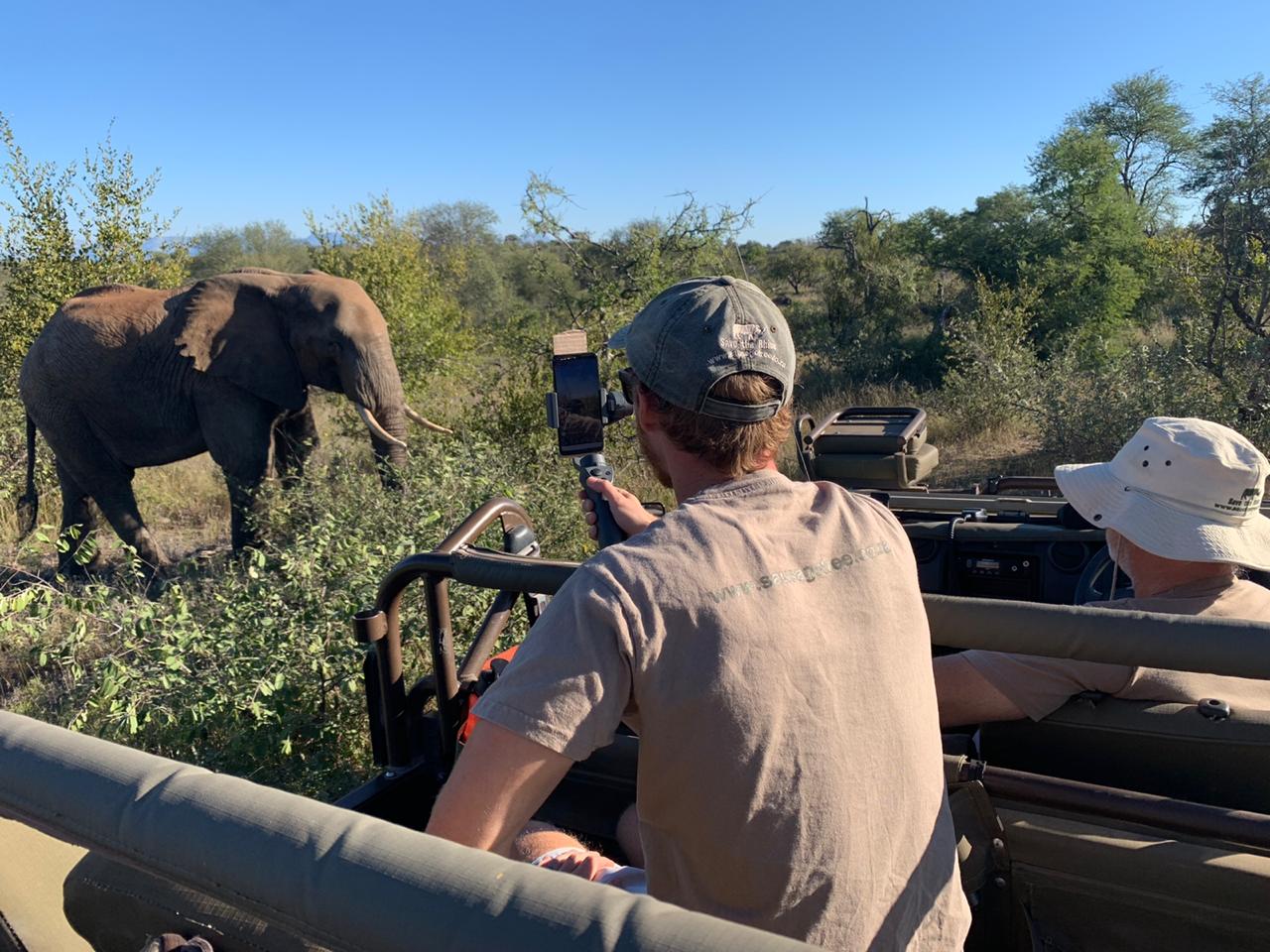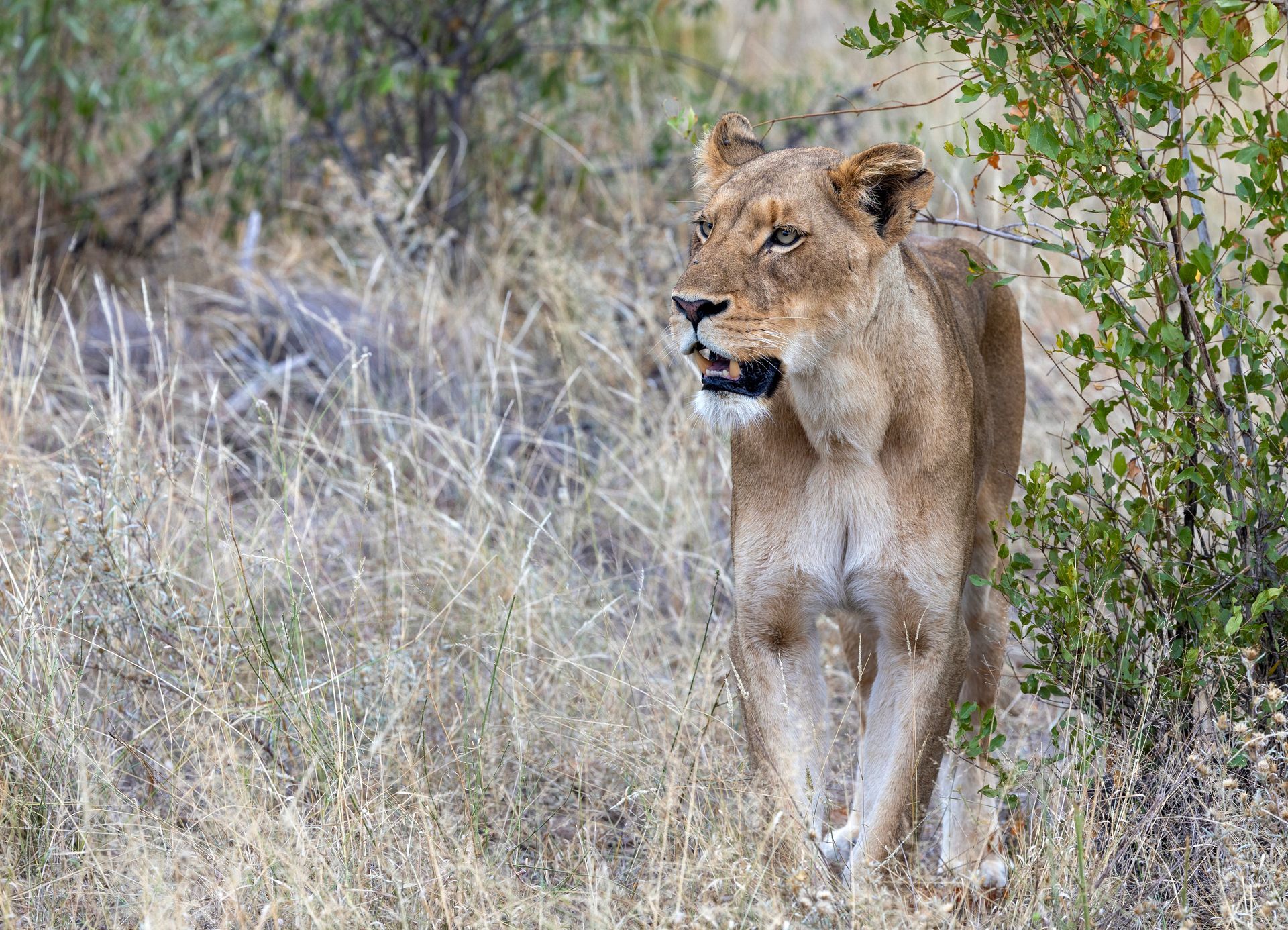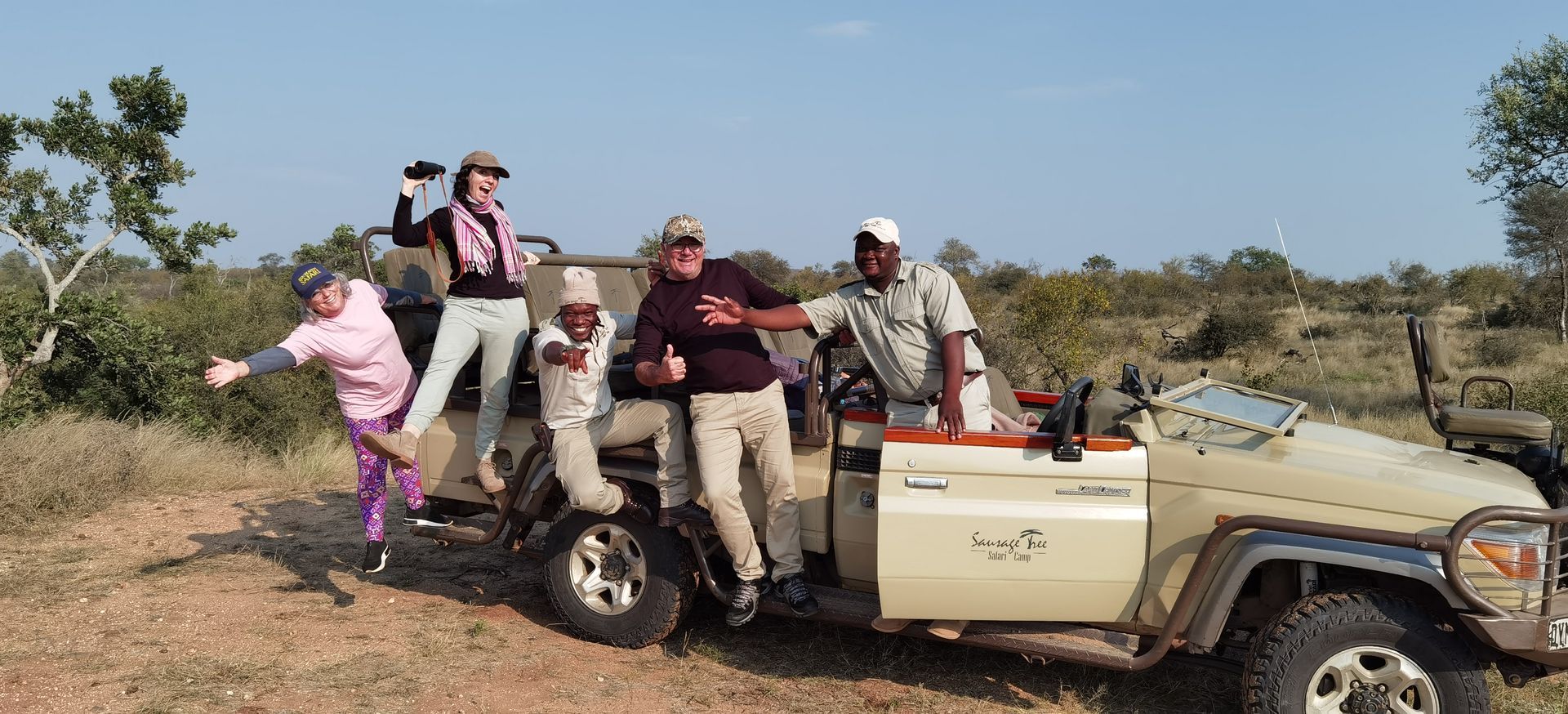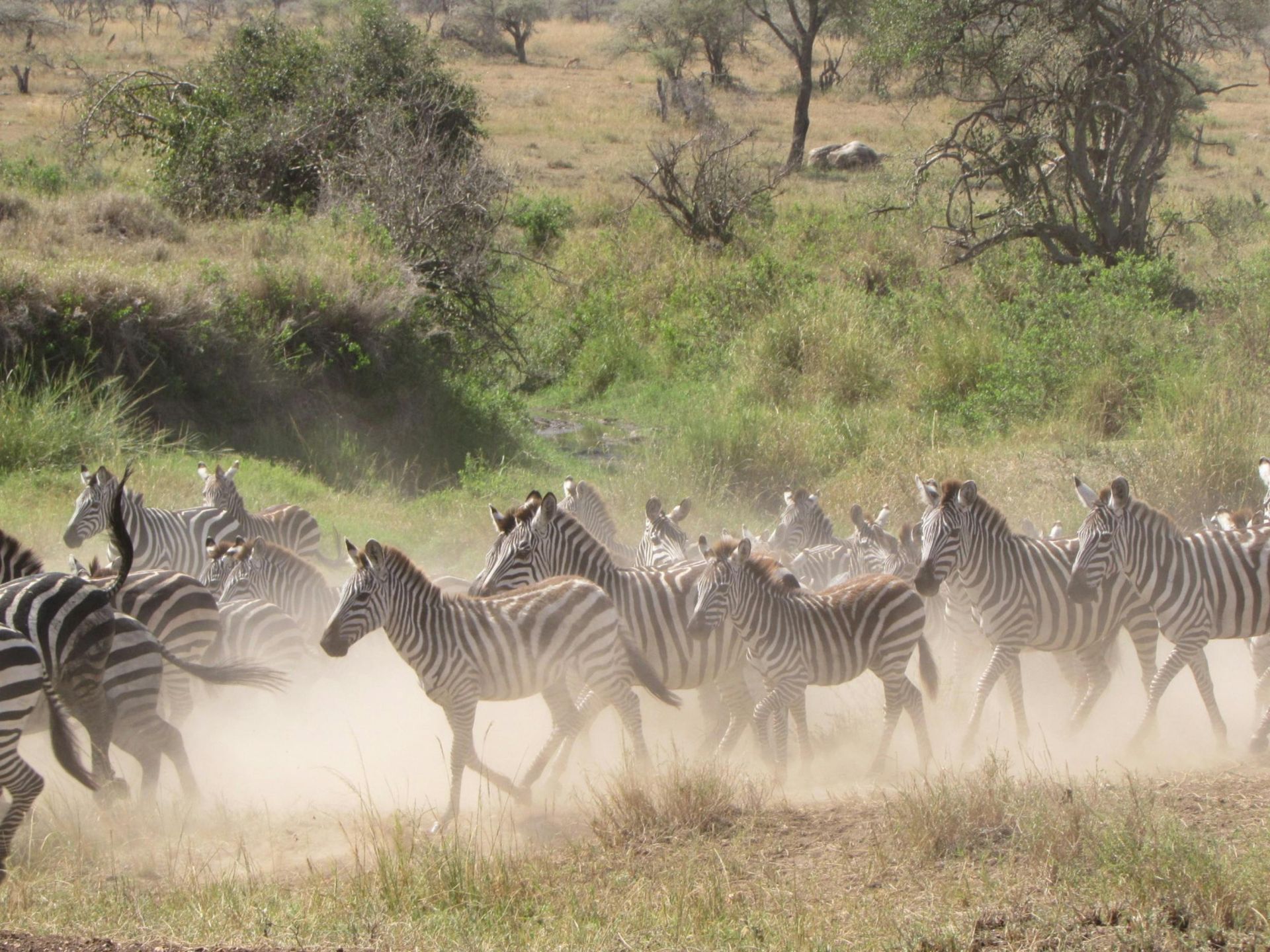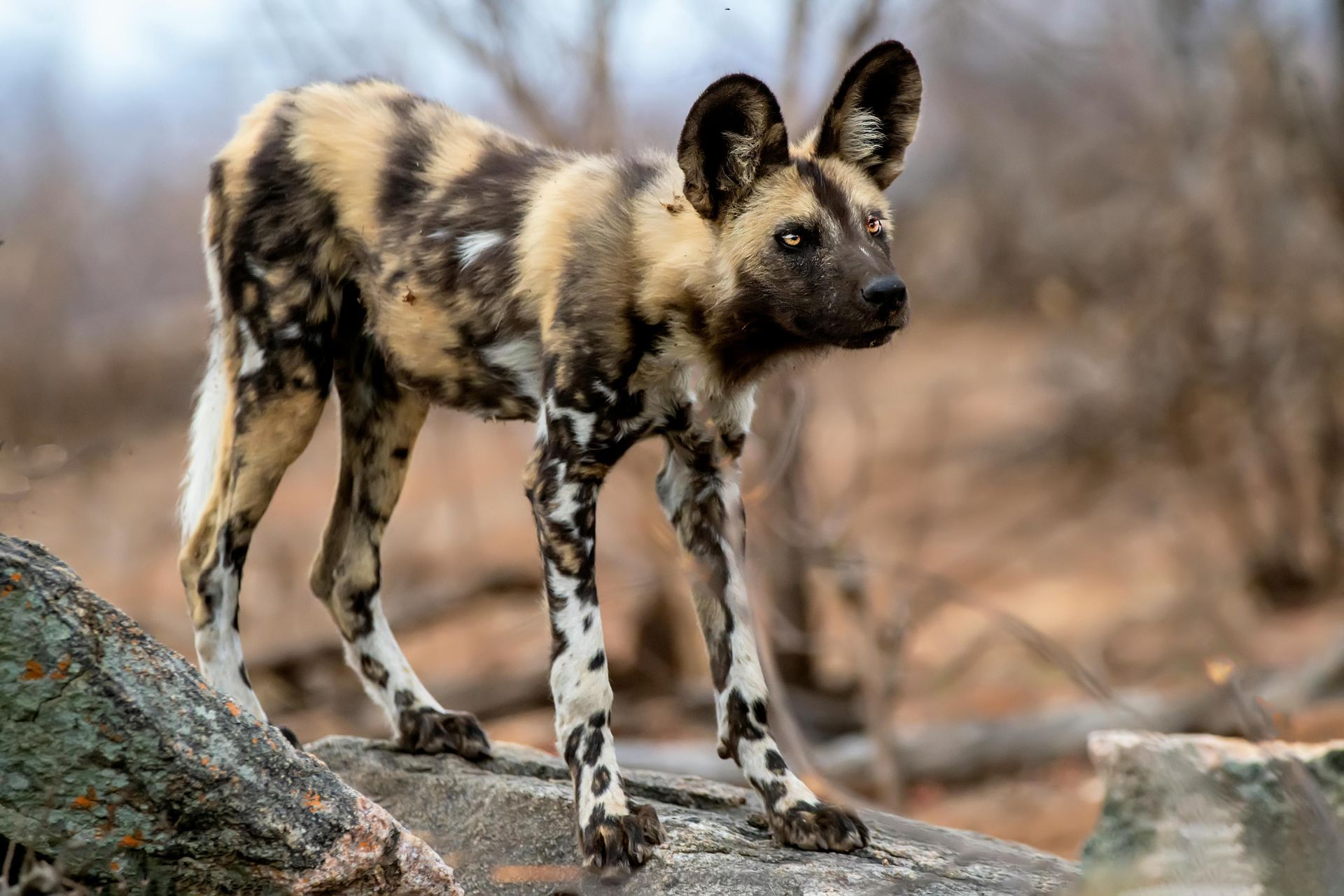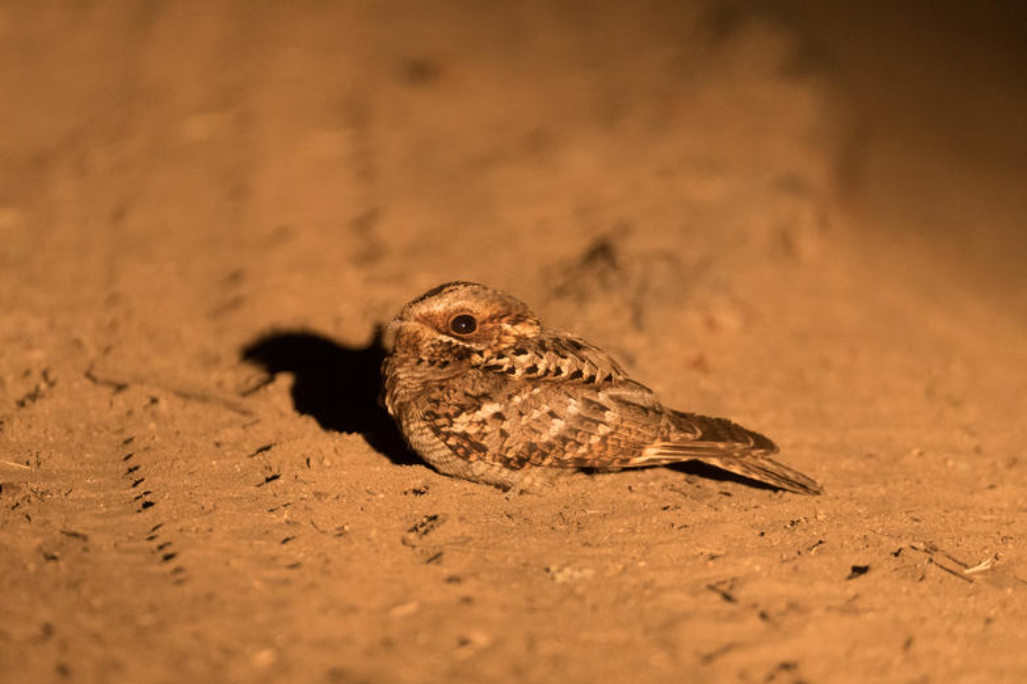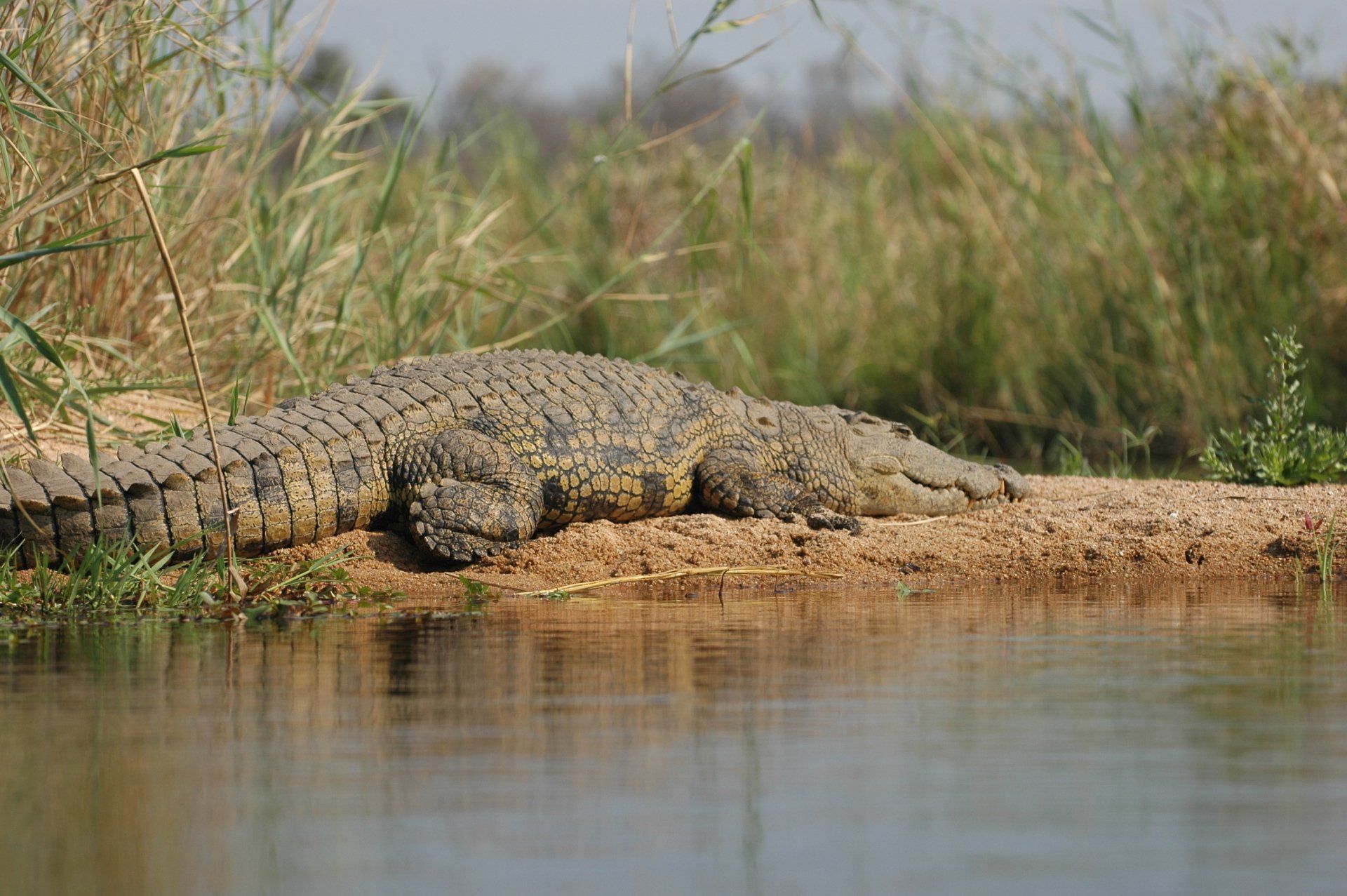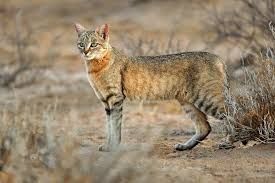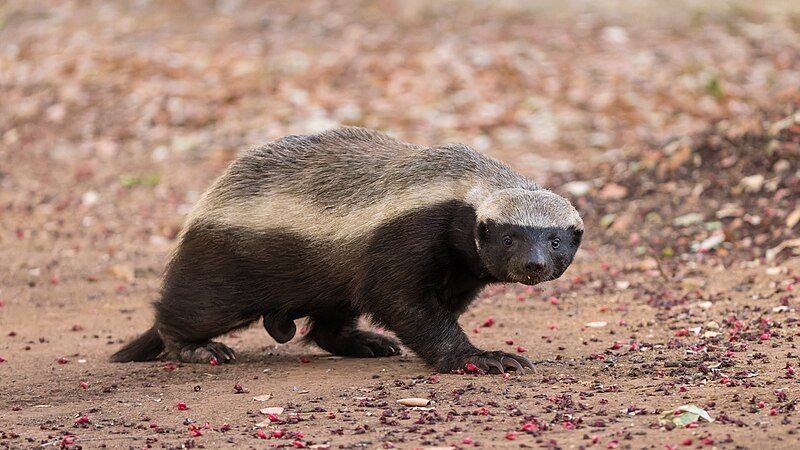
Unforgettable Glamping Experience in Kruger National Park
Unforgettable Glamping Experience in Kruger National Park
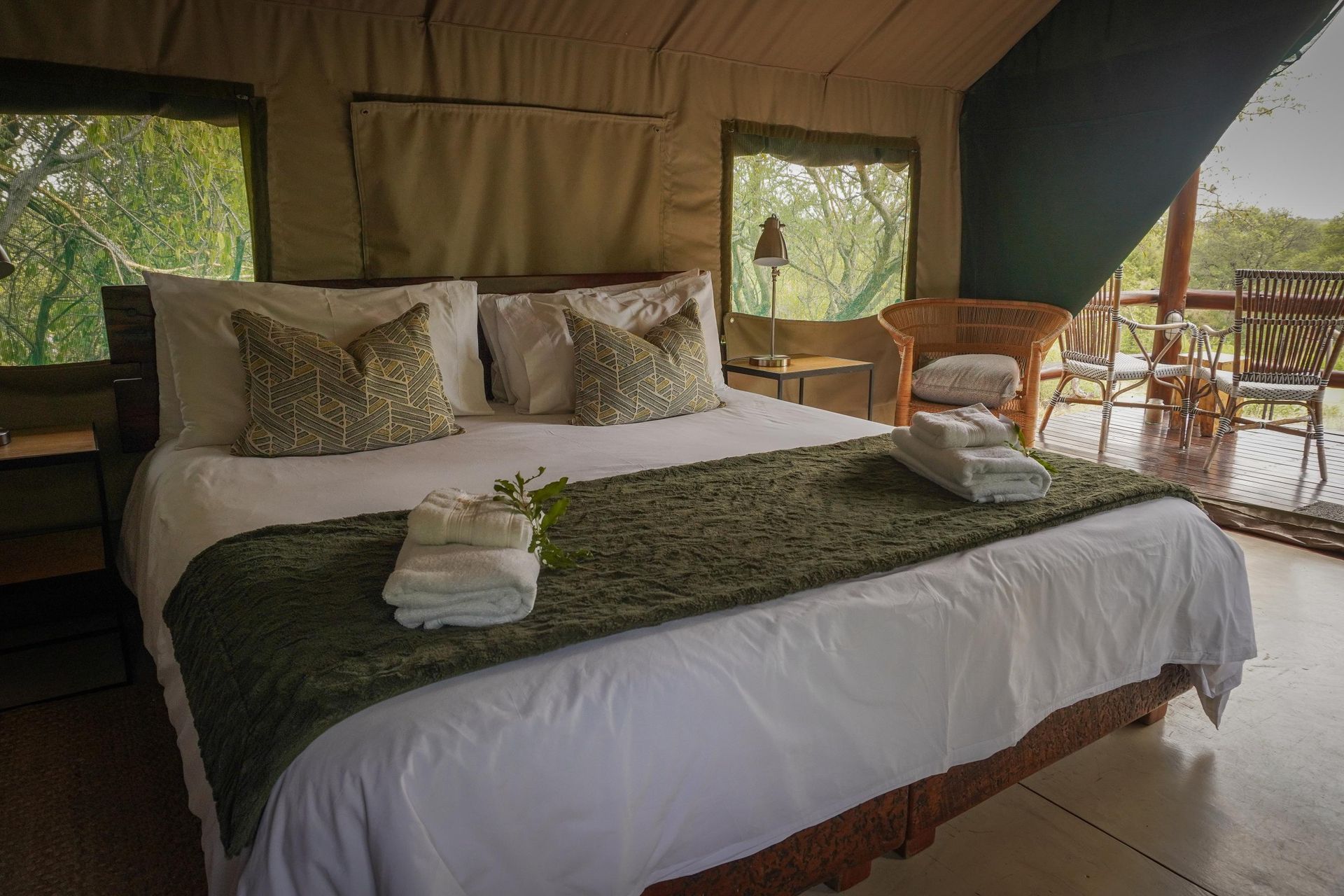
Experience the breathtaking beauty of South Africa's wildlife in the lap of luxury with our exclusive luxury safari tents in Kruger National Park. Our glamping experience offers a unique opportunity to immerse yourself in the heart of the African bush while enjoying the comfort and style of first-class accommodation.
Luxurious Safari Tents
Our luxury safari tents are designed to provide the perfect blend of adventure and comfort. Each tent features en-suite facilities, including butler-fed hot showers and comfortable beds, ensuring that you can relax and rejuvenate after a day of exciting safari activities.
Thrilling Big 5 Game Viewing and Safari Experiences
Embark on thrilling game drives and bush walks to witness the majestic Big 5 in their natural habitat. Our expert guides will lead you through the park, offering insights into the diverse wildlife and ensuring an unforgettable safari experience.
Dining and Relaxation
Indulge in hearty cuisine and traditional boma dinners, complemented by relaxation areas where you can unwind and share stories of your safari adventures with fellow travelers.
Affordable Luxury Safari Options
For those seeking an affordable luxury safari experience, our glamping options in Kruger National Park provide an ideal opportunity to explore the wonders of the African wilderness without compromising on comfort and style.
Expert Tips for Planning a Safari in Kruger National Park
Planning a safari can be overwhelming, but our experienced guides are here to provide valuable tips and advice to ensure that your visit to Kruger National Park is seamless and memorable.
Incorporating expert advice and testimonials from experienced safari guides and guests who have stayed in our luxury safari tents, we aim to provide a comprehensive and detailed overview of the unparalleled glamping experience in Kruger National Park.
For more information about our glamping options and to plan your dream safari in Kruger National Park, visit our website www.sausagetree.co.za.
Setting Ourselves Apart
While other pages may focus solely on luxury and exclusivity, we stand out by providing specific details about our tents and amenities, along with a comprehensive overview of the surrounding area and game viewing experiences. Our commitment to offering detailed information, expert advice, and high-quality media sets us apart from the competition.
Conclusion
We hope this information has inspired you to embark on a remarkable journey to Kruger National Park. Book your luxury safari experience today and immerse yourself in the unparalleled beauty of the African wilderness.
Book your luxury safari experience today!
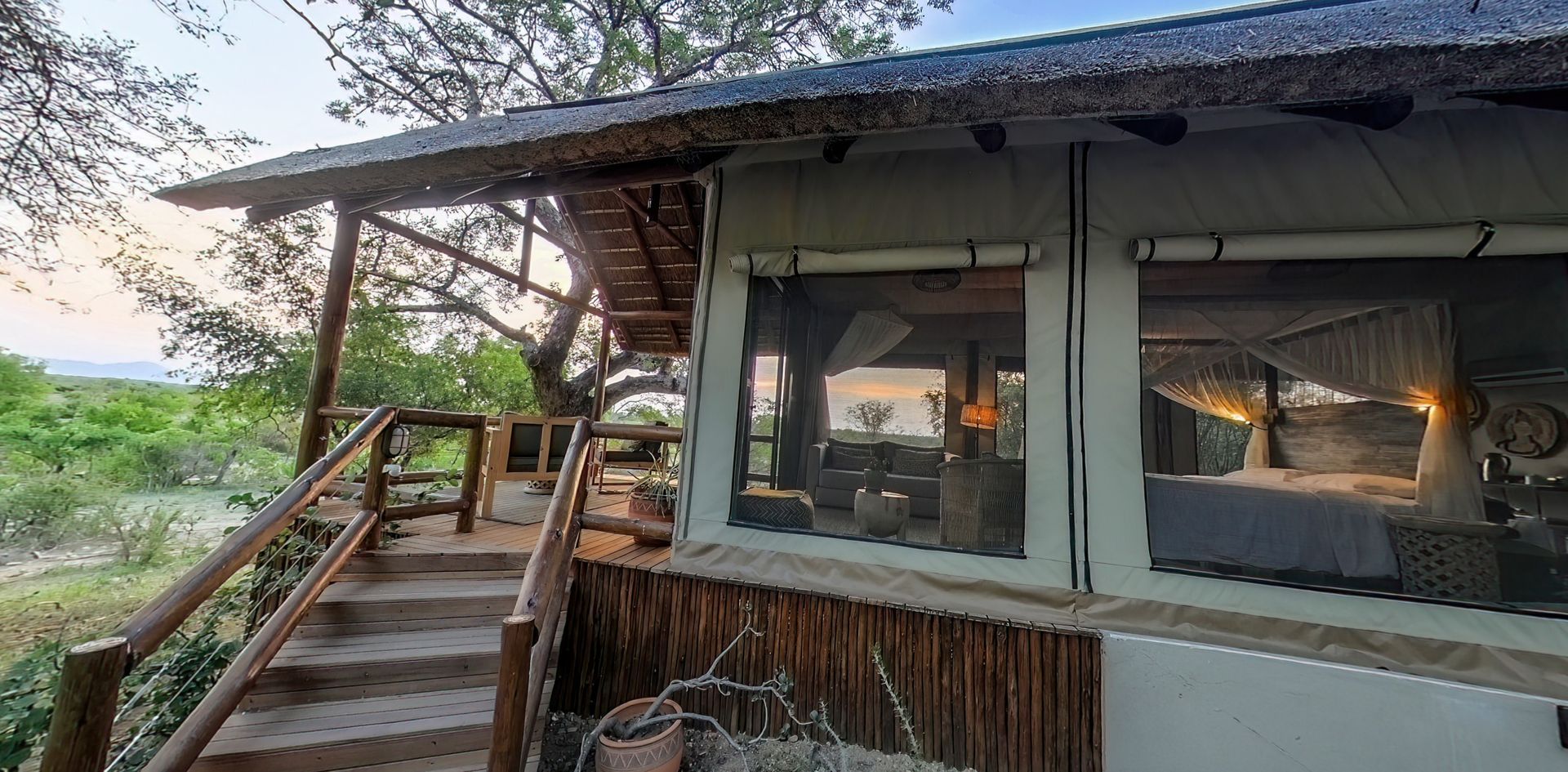
GREATER KRUGER PARK
25 Cambridge
Olifants West Nature Reserve,
Hoedspruit, 1380
Website built by
www.safariweb.online
Contact Us
Tel/Fax: +27 (0)15 793 0098
Emergency (A/H): + 27 (0) 83 682 3331
Email: info@sausagetree.co.za
